Is My Chocolate Moldy?

How Long Does It Take For Chocolate To Grow Mold?
Since chocolate doesn't mold, we will answer this as if the question is how long it takes for chocolate to go bad. Just because chocolate doesn't go moldy doesn't mean it will last and taste great forever. Just like every other food item, it will eventually decrease in quality.
Typically, dark chocolate will last for up to two years when stored correctly. Milk chocolate has ingredients with a shorter lifespan, so it can last up to a year. This time frame applies to plain chocolate and doesn't account for chocolate that might have other ingredients such as nuts, fruit, or caramel.
How Do You Know When Chocolate Is Bad?
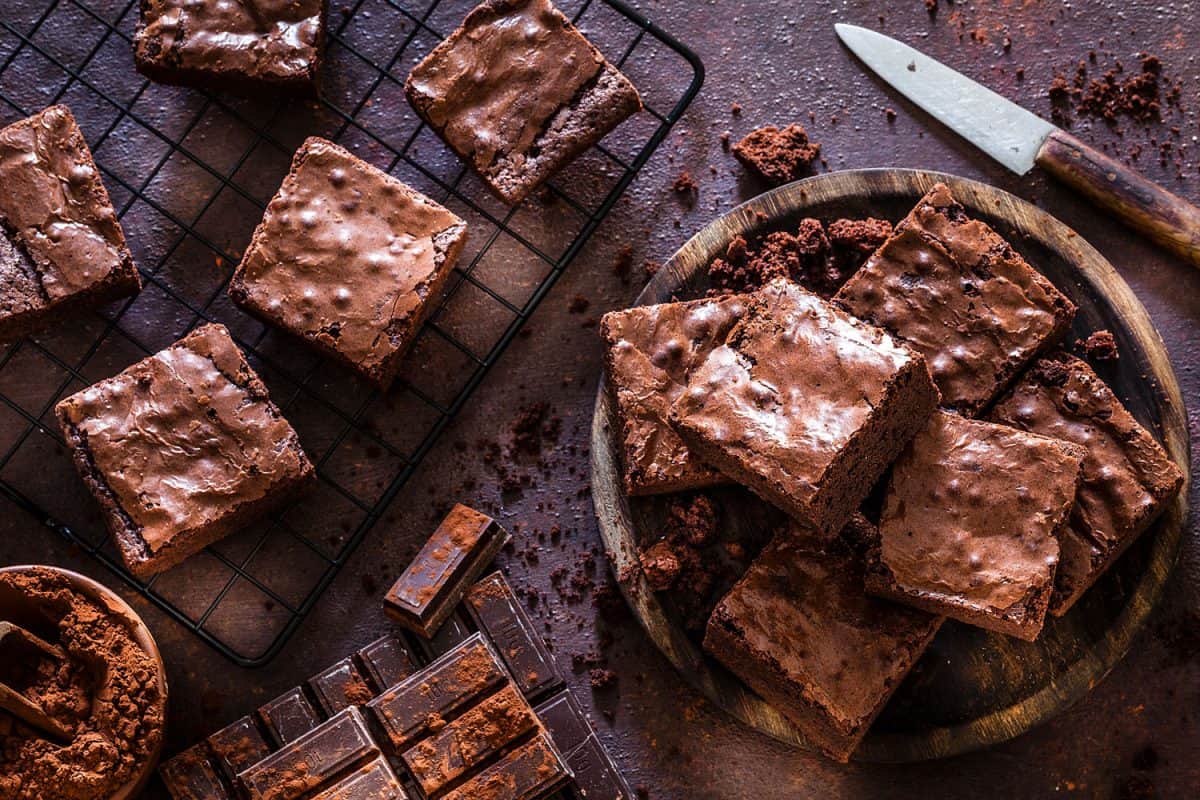
No one wants to consume bad food, so how can you tell when chocolate is okay to eat and when it isn't? Checking the chocolate's expiration date, smell, appearance, and taste are all ways you can tell if your chocolate has gone bad.
Expiration Date
The first step to knowing if your chocolate is bad is to look for an expiration date. Expiration dates are generally a good method for knowing whether a food item is safe to eat.
Smell
If there's no expiration date, you can tell if chocolate is bad from its appearance and smell. Generally, it's okay to eat if it looks and smells normal. The primary indicator that chocolate will not taste good is the smell. It'll likely taste that way if it smells off or different.
Appearance
As for appearance, you can tell the quality of the chocolate is no longer as good if the appearance of the chocolate has changed at all. The texture and color of the chocolate may have changed from smooth to grainy or from brown to white, respectively.
Taste
If the chocolate passes the expiration, smell, and appearance test, you should be able to tell if it's bad from the taste. If you take a small bite and it doesn't taste the way it's supposed to, it's a good indicator that you shouldn't consume the rest.
What Is The White Stuff On My Chocolate?
If you're asking about whether chocolate is moldy, there's a good chance you're referring to the white film that sometimes appears on the outside of the chocolate bar.
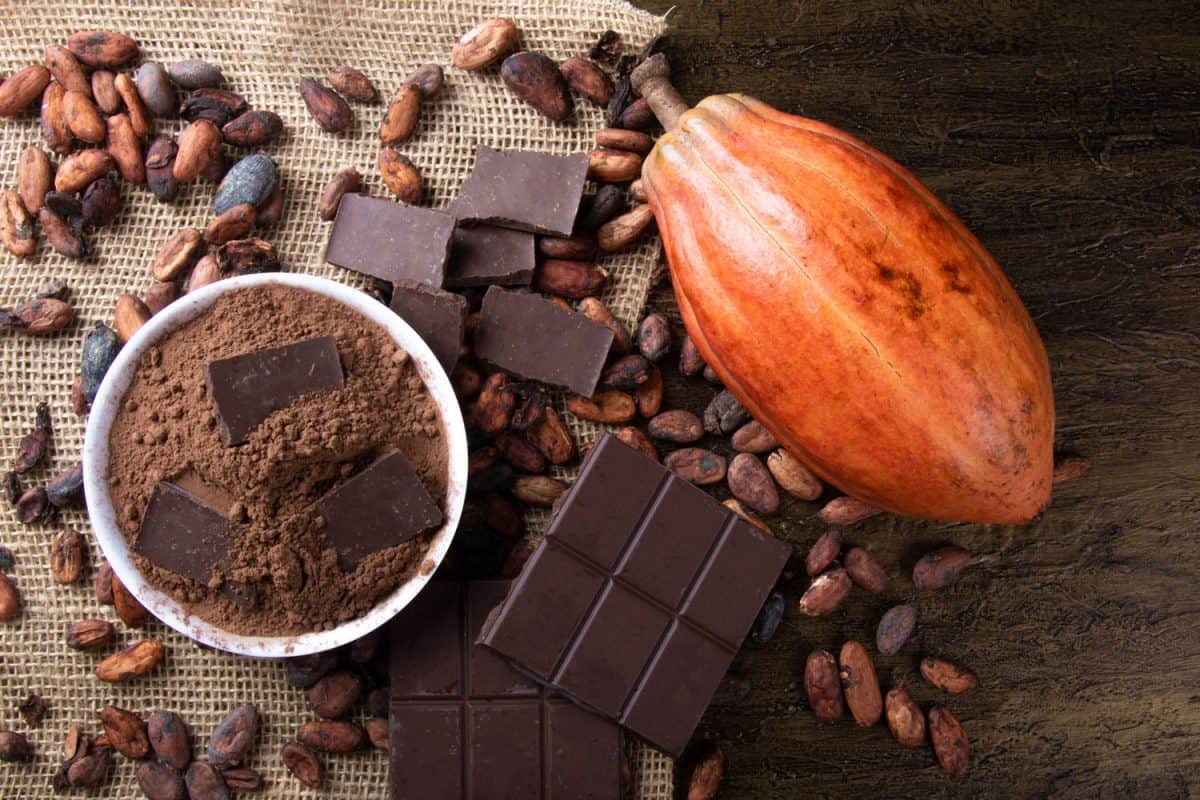
Let's delve into all there is to know about that strange-looking white appearance your chocolate now has.
Is The White Stuff On My Chocolate Mold?
The white stuff on chocolate is not mold. It often looks cloudy and can be easily mistaken for mold. So if it's not mold, what is it?
The white that forms on chocolate is called sugar or fat bloom. This refers to the separation of the sugar or fat from the chocolate and its rise to the surface.
Why Does Chocolate Turn White?
Chocolate turns white for a couple of reasons. If exposed to moisture or varying temperatures, the fat bloom may occur. Sugar bloom is often the result of chocolate being stored incorrectly and exposed to condensation.
With fat bloom, Cocoa butter separates and makes its way to the surface, leaving streaky white areas all over the chocolate.
Is It Okay To Eat Chocolate That Turns White?
As off-putting as the appearance may be, it is perfectly safe to eat chocolate that has turned white. While it may be unappetizing, the white areas shouldn't affect the chocolate too significantly. The chocolate should still taste the same, but you may notice a change in the texture of the chocolate, however.
The chocolate might seem more grainy.
You can still use the chocolate for whatever purpose you intended. You can chop it up and add to a recipe or melt it for a topping. Whether it's for baking, melting, or consuming, the whitened chocolate will not affect its original uses.
How Do I Stop Chocolate From Turning White?
Now that you're aware of what causes the white-looking streaks on your chocolate, you're probably wondering how you can prevent it from happening.
Despite the fact it won't affect the taste of the chocolate, the appearance might still be unappetizing enough for you not to want to eat it. So what can you do to prevent it?
Well, it's all about how you store the chocolate.
How To Properly Store Chocolate

Think about where you currently keep your chocolate; if you notice your chocolate turning white frequently or doesn't taste the way it should, it may be time to switch up the way you are storing it.
So what are the best conditions for chocolate?
Often, people keep their chocolate in their refrigerators. After all, it does stop it from melting. You may think storing chocolate in the fridge is the best idea, but keeping your chocolate in the refrigerator can do more harm than good.
Does Putting Chocolate In The Fridge Ruin It?
Taste
Appearance
What's The Best Way To Store Chocolate?
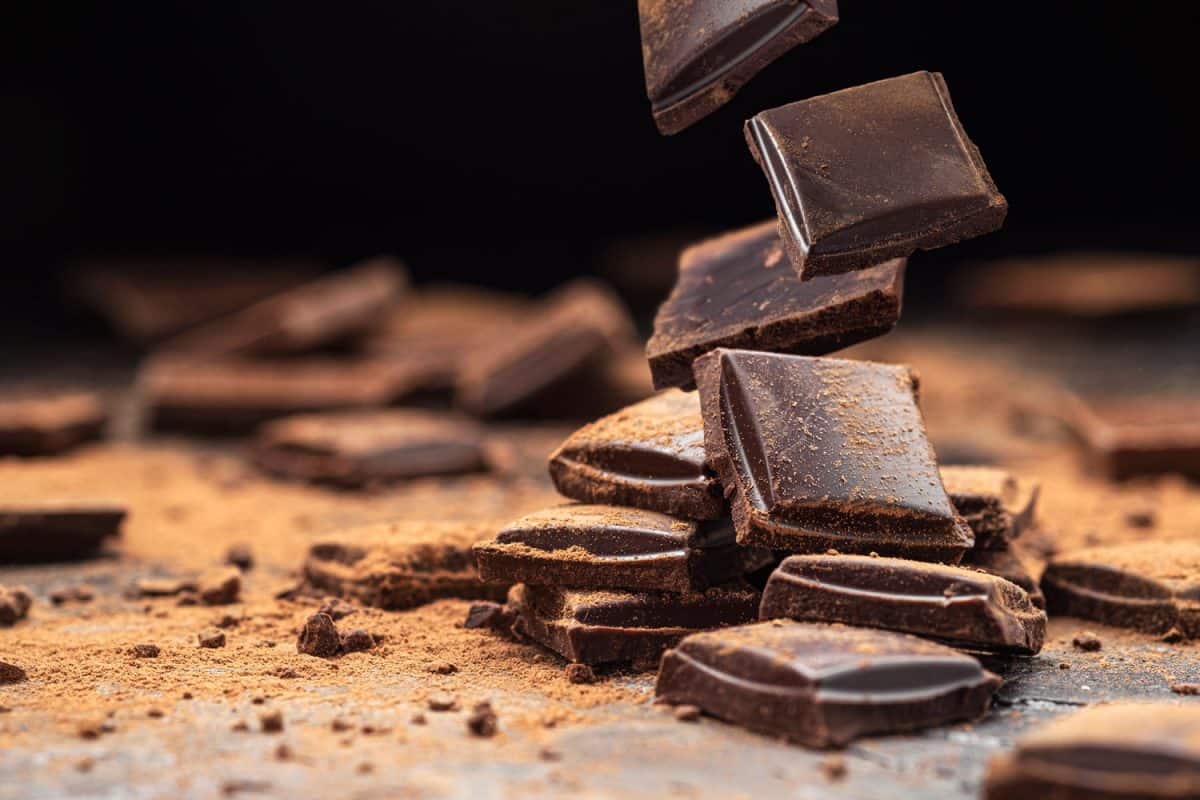
So if storing chocolate in the fridge isn't the best way to store chocolate, what is? The ideal place for chocolate is in a cool, dry place.
Too warm and the chocolate can melt, too cool or too wet, and the chocolate might be exposed to moisture. The best temperature and location to store chocolate is 65-68 degrees and in an airtight container.
See this airtight container on Amazon.
Also, if you haven't contained the chocolate in an airtight container, be mindful of what you are storing your chocolate near because it tends to absorb surrounding odors. The last thing you want to do is take a bite of chocolate that tastes of garlic because you kept it too near your spice rack.
Final Thoughts
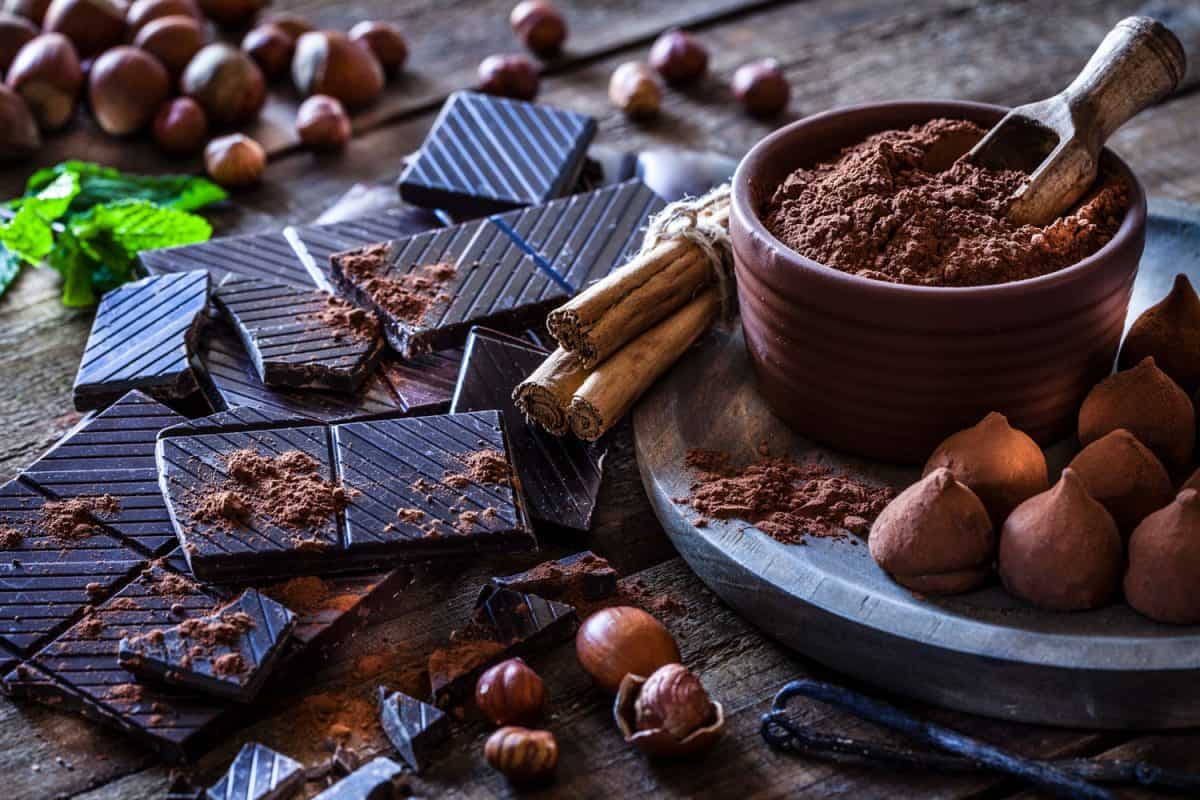
If you've made it to the end of this article, there's a good chance you now know more about chocolate than you ever intended! That's a good thing. Now you know that chocolate can't get moldy, and even if it looks different, it's probably fine to eat.
If you hate that your chocolate changed appearance, follow some of our advice on storing it correctly, and you will be back to eating normal-looking chocolate soon enough.
If you're interested in learning even more about all things chocolate, take a look at some of our related blog posts below:
Can You Freeze Chocolate Truffles? How Long Will They Last?
How Long Do Chocolate Chip Cookies Last?

![Delicious square shaped pure chocolates, Can Chocolate Get Moldy? [And How To Store It]](https://kitchenseer.com/wp-content/uploads/2022/03/Can-Chocolate-Get-Moldy-And-How-To-Store-It-1-667x1000.png)



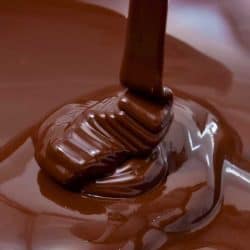
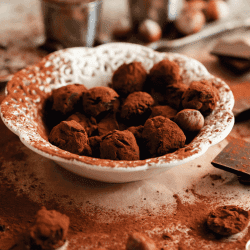

![Natural organic butter for breakfast, Does Butter Get Moldy? [And What To Do If That Happens]](https://kitchenseer.com/wp-content/uploads/2021/04/Natural-organic-butter-for-breakfast-250x250.jpg)